Phytopharmacological properties of Costus specimens (Sour cane)
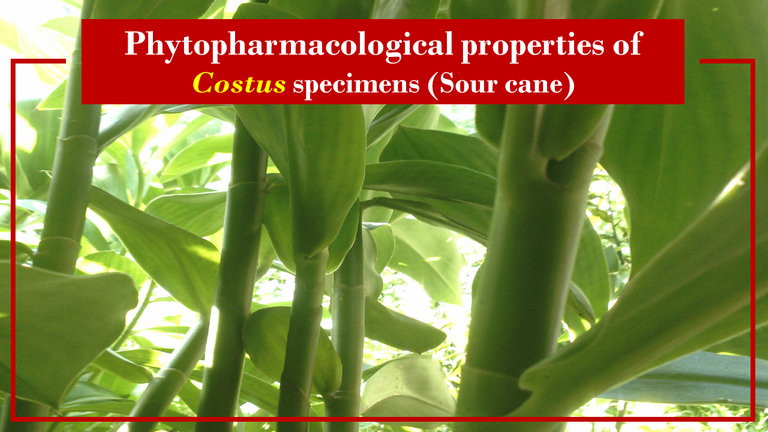
With this new article, I will give continuity to the content on the medicinal potential that plants have, this time I will outline the main phytopharmacological properties of plant specimens of the genus Costus (Sour Cane).
Introduction
In the previous deliveries, it has been emphatically pointed out that historically plant specimens have been used for the treatment and prevention of diseases, mainly for people from social strata with low purchasing power, characterized by having insufficient economic income to be able to access synthetic drugs.
This inability to access synthetic drugs, as a result of their high prices, is considered the main cause that has triggered the growing interest in the use of plant specimens of proven potential to induce phytopharmacological responses, tending to counteract essentially the diseases that affect the immune system.
Consequently, and taking into account that the purpose of this thematic series is precisely to provide scientific content related to the potential of plant specimens at a medicinal level, the objective of this post is to socialize the main phytopharmacological properties of plant specimens of the genus Costus (Sour Cane), detailing their botanical characterization, phytopharmacological responses, adverse reactions, commercial phytopharmacological profile, and traditional use of extracts based on Sour Cane.
Botanical characteristics
Taxonomy and distribution
The genus Costus is artificially placed in the Division: Magnoliophyta., Class: Liliopsity., Order: Zingiberales., and Family: Costaceae, Within this genus are grouped plant specimens of herbaceous biotype, perennial and rhizomatous, of Caribbean origin specifically from the coastal areas of Central American countries, with Pantropical distribution and easy adaptability to forest ecoregions with mountainous foothills.
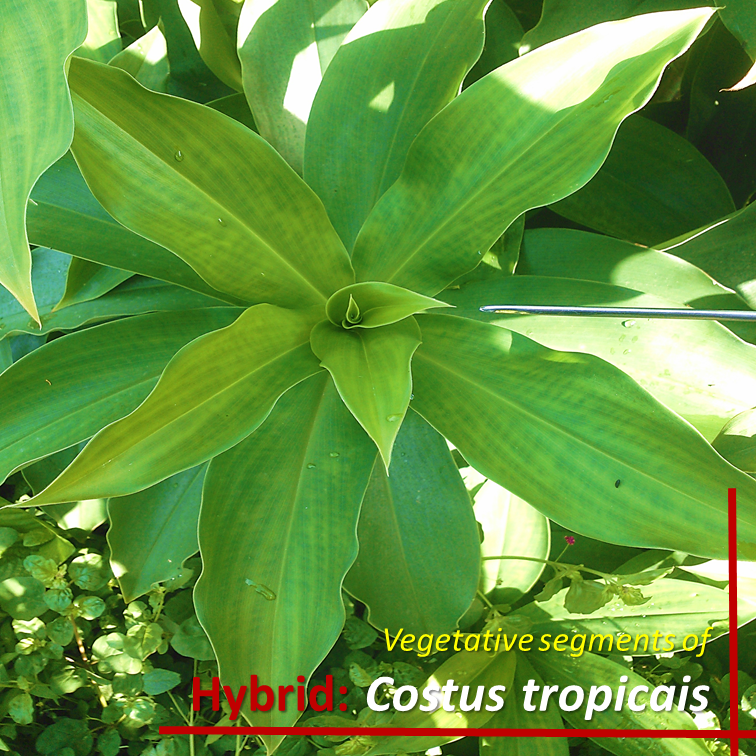
Fig. 2 Vegetative segments of the Hybrid: Costus tropicais. Author: @lupafilotaxia.
Common names
According to [1], the genus Costus taxonomically records 237 specimens, which are given different vernacular names, namely Cane, Sour Cane, Indian Cane, Pig Cane, among other less relevant designations.
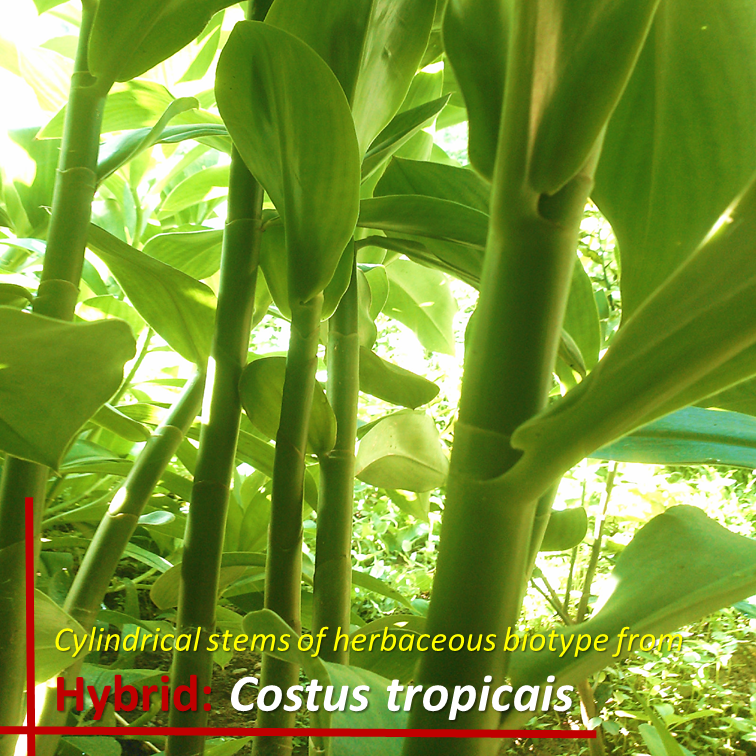
Fi.g. 3 Herbaceous biotype cylindrical stems of the Hybrid: Costus tropicais. Author: @lupafilotaxia.
Vegetative and reproductive morphology
Specimens of the genus Costus, are generally characterized by the following organographic descriptors; Herbaceous stems with cylindrical morphology, leaf blades of alternate phyllotaxy and spiral arranged, with lanceolate appearance, obovate to elliptical, whole margin and acute apex, polychromatic flowers essentially yellow, orange, white, pink and red, with spike-like inflorescence in ovoid ending, fruits with capsular morphology, and small seeds with an aril [2].
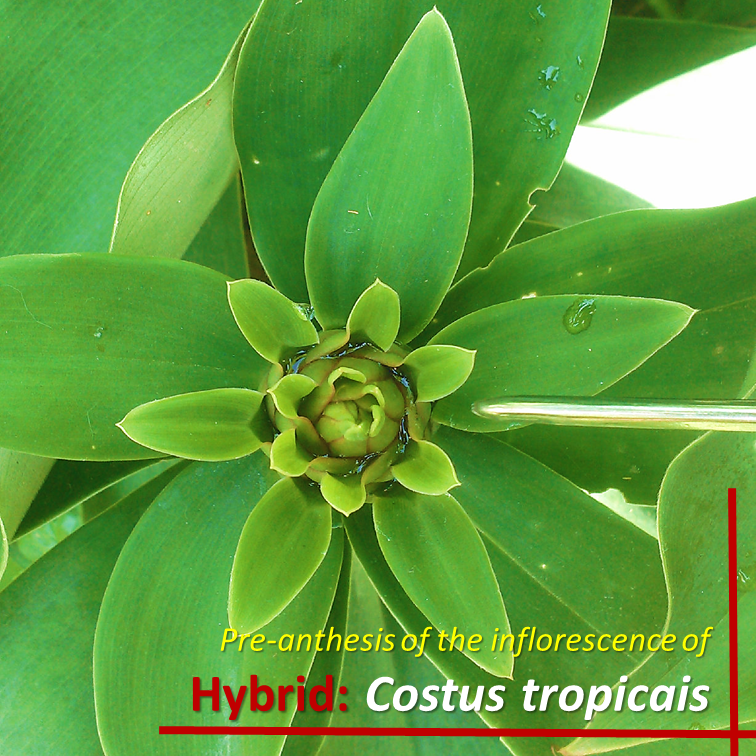
Fig. 4 Pre-anthesis of the Hybrid Inflorescence: Costus tropicais. Author: @lupafilotaxia.
Phytopharmacological responses
Phytometbolites reported
To the specimens; Costus barbatus, Costus spicatus, and Hybrid Costus tropicais, have been attributed with phytopharmacological responses in favor of certain pathologies that affect humans, however, the information that relates these phytopharmacological responses is of ancestral origin and dates from the Amazon Indians, who historically have used these plant materials as a medicinal source because of the depurative effects that their leaf blades have, however, Multiple researches developed at phytochemical level support this ancestral knowledge, when positive effects of diuretic order are reported, information that later has also been contrasted in clinical trials, and where it has been determined that phytomethabolites present in specimens of the genus Costus express bioactivity to treat urinary infections, eliminate kidney stones and also register antihypertensive action [3].
It is necessary to indicate, that according to results of experimental cut the vegetative structures of the specimens of the genus Costus, at phytochemical level have high concentrations of phytometbolites, such as; alkaloids, phenols and tannins, and where the Hexanic fraction, of these biological compounds, has turned out to be the active principle that contributes the best phytopharmacological answers.
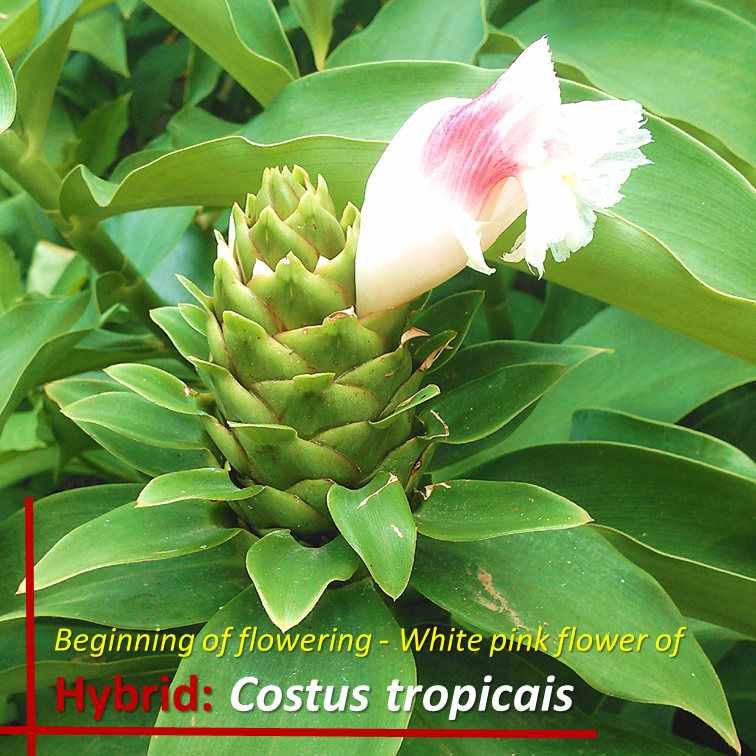
Fig. 5 Beginning of flowering - White pink flower of the Hybrid: Costus tropicais. Author: @lupafilotaxia.
Diuretic activity
The main answer shown by phytometabolites present in specimens of the genus Costus is the diuretic bioactivity shown by their foliar laminae, corresponding to results obtained by [4], when determining that the decoction of dry foliar laminae at 30% of Costus pictus specimens creates balances in the urine by eliminating excess levels of sodium and potassium.
Antioxidant and antihypertensive action
In addition to the diuretic bioactivity, which exhibits the foliar laminae of specimens of the genus Costus, in phytochemical studies developed by [5], it has been reported that both vegetative and reproductive structures, among these; stems, foliar laminae and flowers of Costus spicatus, show phytopharmacological profile with capacity to eliminate free radicals, that is to say, they have antioxidant function when preventing the generation of harmful free radicals for the normal function of the cells. On the other hand, phytomethabolites mainly the hexanic fractions present in specimens of the genus Costus, show antihypertensive biological activity by reducing blood pressure.
Anti-tumor activity
In a study developed by [6], it was found that hydroalcoholic extracts based on Costus pulverulentus, specimens show some cytotoxic and antitumor activity by reducing tumor size and proliferation in vitro, therefore, it is estimated that phytomethabolites from these plant materials may exhibit some potential for the treatment of patients with cancer.
Adverse reactions
In addition to favorable responses, such as diuretic activity, antioxidant action, antihypertensive and antitumor activity, cytotoxic agents present in phytomethabolites of specimens of the genus Costus, have also been reported to be associated with the appearance of allergies or itching sensation on the skin, in people who abuse the consumption of extracts based on these plant specimens.
Perfil fitofarmacológico
Phytopharmaceuticals based on specimens of the genus Costus
Even when, the experimental and clinical results, infer a diuretic bioactivity of the foliar laminae of specimens of the genus Costus, the phytopharmacological industry does not commercialize phytopharmaceuticals with this action, more however, paradoxically if it elaborates and distributes phytopharmaceuticals type gel with astringent activity (healing, anti-inflammatory and anti-hemorrhagic action).
Craft use of liquid extracts based on specimens of the genus Costus
There are records of ethnobotanical character, that prescribe to elaborate of artisan form liquid extracts, by means of the baking of foliar and reproductive laminae (flower) dry of specimens of the genus Costus, placing the foliar laminae and the flowers in covered containers, that later are put under slow fire, by a period not greater to 5 minutes, soon to come to retire of the heat, next to leave in rest, finally to filter the organic remainders, for its later consumption.
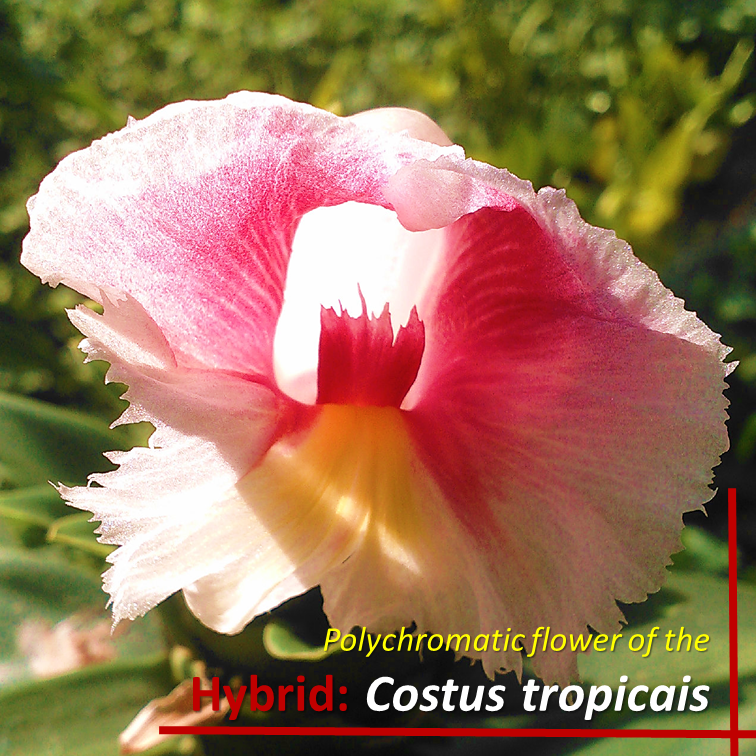
Fig. 6 Polychromatic flower of the Hybrid: Costus tropicais. Autor: @lupafilotaxia.
CONTRIBUTIONS OF THIS PUBLICATION
- The content developed in this delivery, needed to extend the information of phytopharmacological character inside the platform HIVE, schematizing for it the principal elements and answers of medical action associated in an experimental, clinical and handmade way to the specimens of the genus Costus, specifically those related to the favorable answers and of diuretic activity, antirust action, antihypertensive, antitumor activity, and the adverse reactions that have been reported on having ingested high doses of extracts based on these vegetable specimens.
BIBLIOGRAPHICAL REFERENCES CONSULTED AND CITED:
[1] Idárraga A.,, Ortiz R.,, Callejas R., y Merello M. Flora de Antioquia Catálogo de las plantas vasculares. Volumen II. Series Biodiversidad y Recursos Naturales. 2013. Article: Online access
[2] Lincy E. Biochemical characterization and cell immobilization of Costus pictus D. Don with special reference to antidiabetic property. Centre for Plant Biotechnology and Molecular Biology, College of Horticulture - Kerala, India. 2007. Article: Online access
[3] Ribeiro A., Moreira S., Almeida D. Estudo fitoquímico, toxicológico e microbiológico das folhas de Costus spicatus Jacq. Macapá. 2014;4;4:75-79. Article: Online access
[4] Pérez M., Sueiro M., Boffil M., Morón F. Amador M. Actividad diurética de una decocción de Costus pictus D. Don. Revista Cubana de Plantas Medicinales. 2010;15;2:3-12. Article: Online access
[5] Aldave P. Triagem fitoquímica e atividade antioxidante de Costus spicatus (Jacq.) S.w. Rev. Bras. Pl. Med., Campinas. 2014; 16;2:209-215. Article: Online access
[6] Flores A., Martínez B., Ruiz V., y Reyes J. Evaluación in vitro de la Actividad Citotóxica y Antitumoral de plantas medicinales recomendadas en Cuetzalan del Progreso, Puebla, México. Polibotánica. 2019; 47: 113-135. Article: Online access
ATTENTION
Readers and followers
If you wish to read more scientific articles in English or Spanish, of excellent academic quality, do not hesitate to visit #STEMSocial and #STEM-espanol, communities that promote scientific content mainly in the areas of Science, Technology, Engineering and Mathematics.
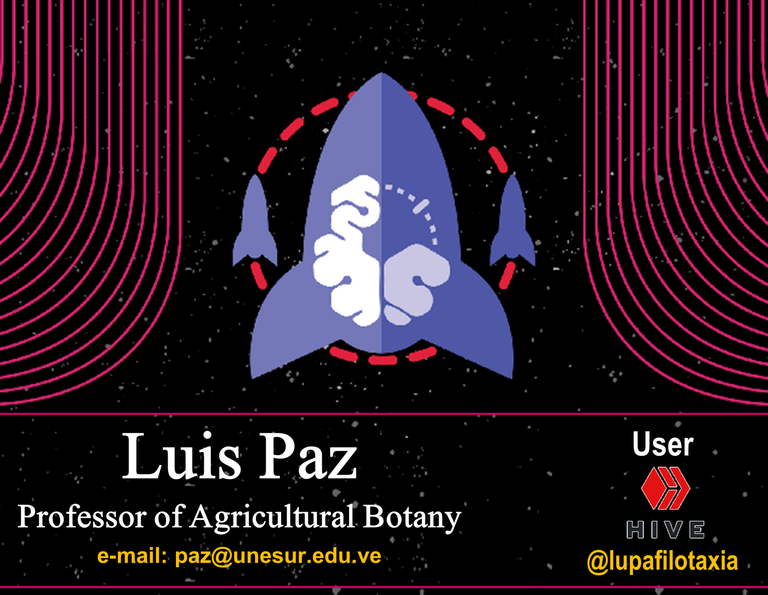
0
0
0.000
https://twitter.com/lupafilotaxia/status/1330012896483536896
#Posh Twitter:
https://twitter.com/lupafilotaxia/status/1330012896483536896
Congratulations. This is the better post that explain botanicals and benefic power of the plant. Great Job!
It is pleasant to read this type of appreciation, in nature, we will find the multiple answers to our health problems.
Thanks for your contribution to the STEMsocial community. Feel free to join us on discord to get to know the rest of us!
Please consider supporting our funding proposal, approving our witness (@stem.witness) or delegating to the @stemsocial account (for some ROI).
Please consider using the STEMsocial app app and including @stemsocial as a beneficiary to get a stronger support.